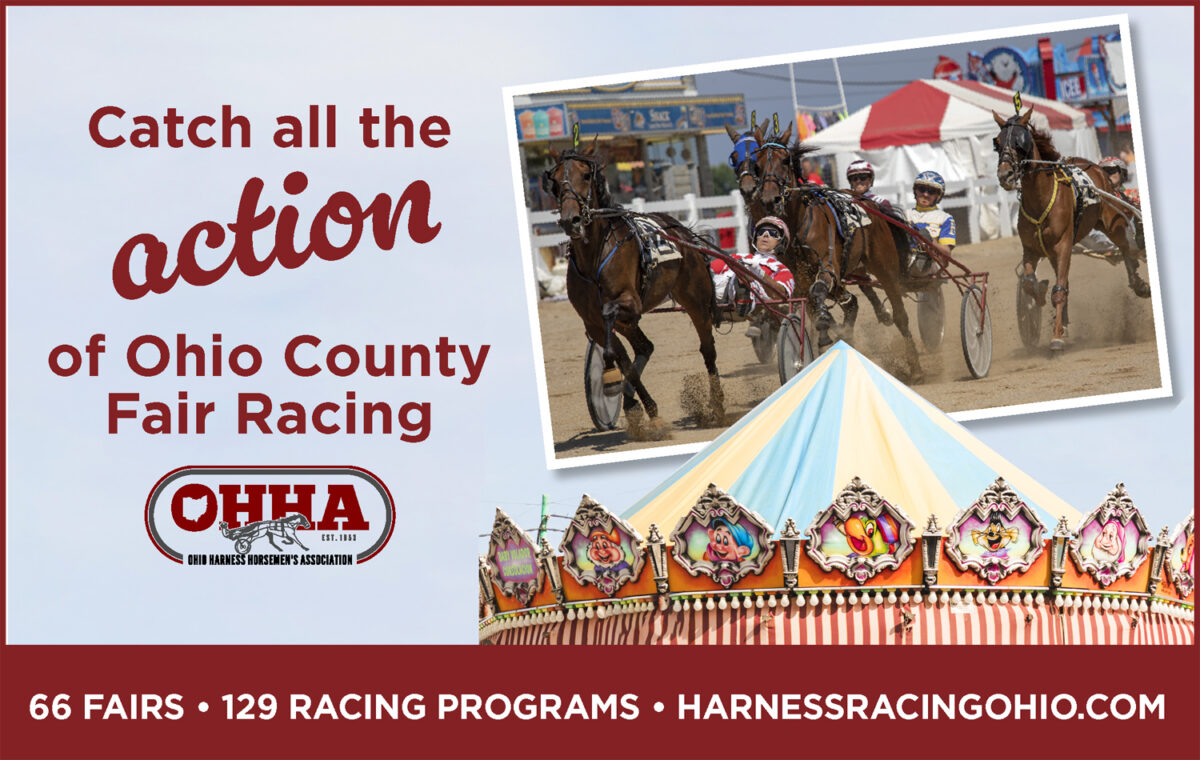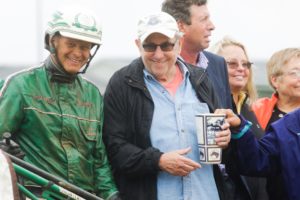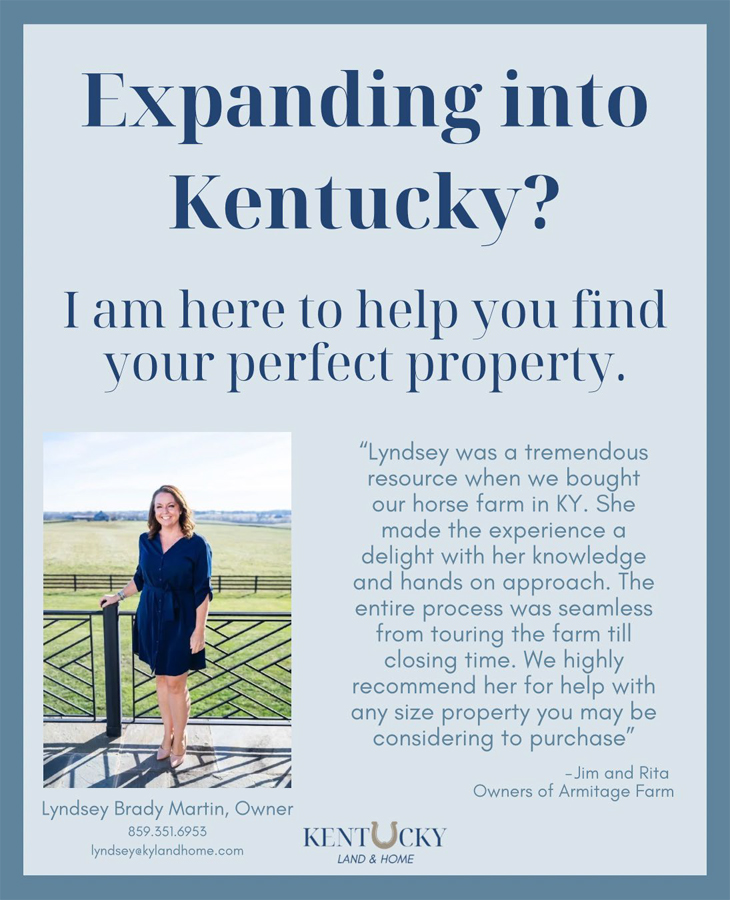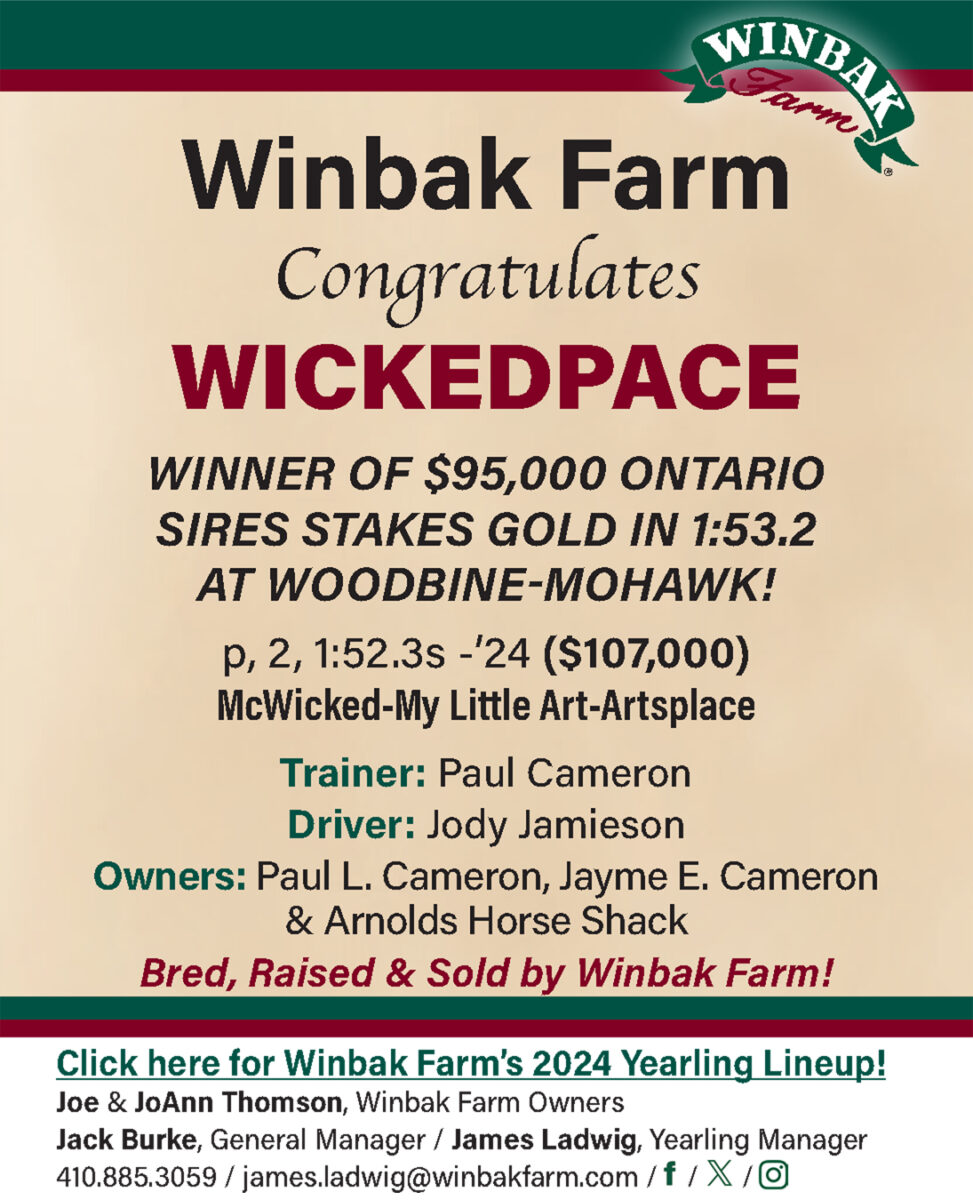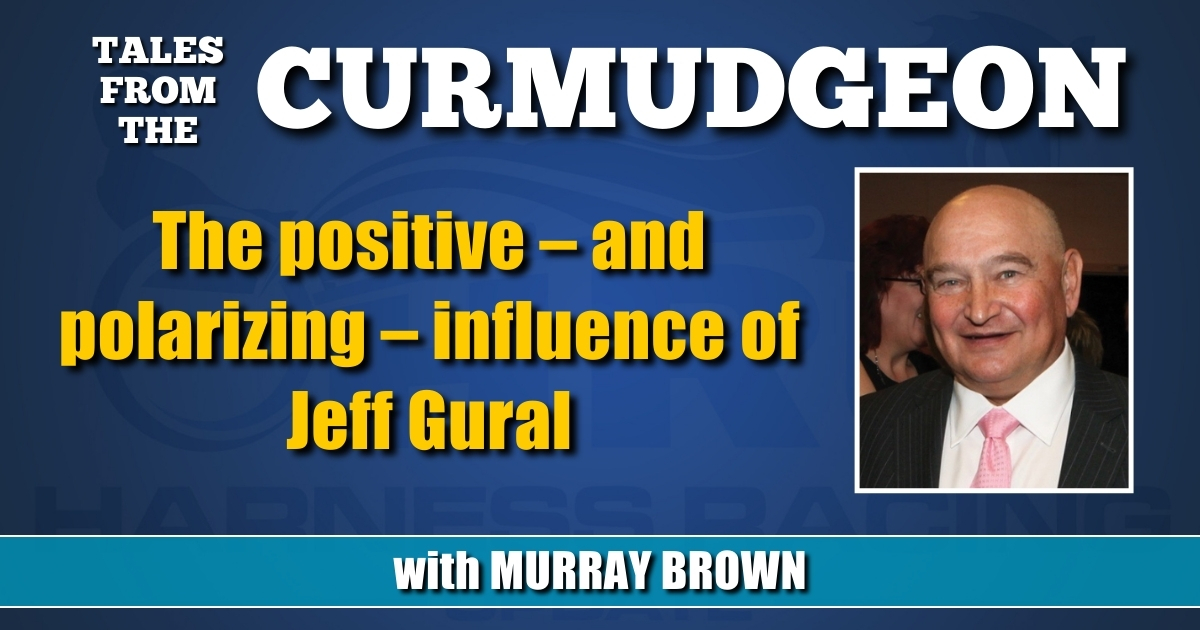

The positive – and polarizing – influence of Jeff Gural
The owner of The Meadowlands, Vernon Downs and Tioga Downs has both his supporters and detractors. Some, even, who are both, depending on the subject. But no one has had a greater influence on the sport in recent years.
by Murray Brown
The argument could be made that nobody since George Morton Levy with his establishment of Roosevelt Raceway has had a greater positive influence on harness racing than Jeff Gural. It’s also probable that nobody has had a greater love of the sport in that time period. It’s certain that without Gural, the most important harness racetrack in North America, The Meadowlands, would be gone. Even more certain, Vernon Downs in Vernon, NY would have been the victim of bankruptcy, and Tioga Downs would still be a non-existent junk pile in Nichols, NY.
Thus, the number one track in North America, arguably the world and a significant percentage of the tracks that contribute to the New York Sires Stakes and that state’s harness racing program would be gone.
Could our sport have survived those losses? This scribe would prefer to believe that it would have, but to a much far lesser success than it does now.
Where and under whose sponsorship would our greatest event The Hambletonian and its affiliated events take place? How big a hole would the absence of Tioga and Vernon leave in the New York Sires Stakes (NYSS) events held at those venues, plus the other stakes and perhaps most importantly the lifeblood of those horsemen who earn their living racing in overnights racing at those venues? What would its effect have been on the breeding industry? It would have created a most dire situation, that I for one would not have liked to have been witness to.
Jeff Gural has both his supporters and detractors. Some, even, who are both, depending on the specific subject.
Shortly following Gural’s much deserved installation in our sport’s Living Hall of Fame, we had a long overdue conversation.
Jeff, how did this all begin?
“I was just a kid who started going to the harness races with my friends. I loved the sport from the very beginning. That love just grew and grew. Many people love to go to or participate in other sports. My passion from the very beginning was harness racing. I am from Long Island, so Roosevelt Raceway was a natural. My buddies and me would go there and also to Yonkers every chance we got. Back then Monticello Raceway was a summer haven for the sport. So many people spent parts of their summers in the Catskill Mountains. Monticello Raceway was a natural gathering place. Those who were unfortunate enough to not experience those days have no idea how much fun they missed. It was glorious.
My family would rent a summer bungalow close by. Kids would spend their days playing all sorts of sports or vacation at the many resorts. Those who were lucky enough to be able to go to Monticello at night had a great new world open to them.
You would eat at The Chateau, a restaurant just above the backstretch at the track, either before or after the races — or both. It was a well-known gathering spot for horseman and owners. We kids would try to pick up tips on “ready” horses. Sometimes we even did.”
How did you get involved as a participant?
“I couldn’t afford to buy a horse myself, so some friends and I decided to claim a horse between us. The horse’s name was Shadydale Yankios. We were going to claim him from Billy Myer. I’m guessing he got wind of the impending claim, so the horse was scratched. That didn’t deter us. We saw that he had been entered in a claiming race at Liberty Bell. We gathered the necessary cash and drove to Philadelphia and bingo, I owned my first horse. He did very well for us. I was hooked.”
Until Bob Bencal’s recent retirement, you had only one trainer – him — for well over 30 years. How did the association come about?
“It was kind of a coincidence. I was working for a company called Diesel Construction. I was at Roosevelt one night and met Don Pizer who also worked there. I didn’t know him well. I asked him what he was doing there. He was interested in getting a horse. He knew this trainer who was working for Billy Haughton. His name was Bob Bencal. He suggested we buy a horse or two to give to Bencal. I said ‘Sure’ and I never had another full-time trainer until Bob retired. We are still the best of friends and we talk frequently.”
To some degree your game plan changed. You went from racing overnights at the New York tracks to buying yearlings and trying to race stakes horses.
“That is pretty much where I’ve been since. I love the challenge of getting young horses, trying to develop them and reaching for the brass ring. We had some luck and a few nice horses. I especially loved the western trek of Springfield, DuQuoin, Delaware, Ohio and Lexington. We never made much money racing until the last few years where we had a few ‘big horses.’”
Since Bob Bencal retired, you’ve now diversified somewhat. Instead of owning your horses solely with one trainer, you now own parts of many horses with several trainers.
“It’s worked out pretty well this way. It has spread the risk factor and also allows for more fun and participation. There can be a whole lot more fun and action owning a chunk of 40 some horses than all of 10. In recent years, I’ve had most of my horses with Ake Svanstadt, Linda Toscano, Julie and Andy Miller, Nifty Norman and Ray Schnittker. They and the partners I’ve had with them have lent themselves to even a greater love of the sport and the so many good people in it.”
How did you get involved in the breeding business and more specifically breeding just trotters?
“I was involved in a large real estate deal. Those who know me know that I am much more a buyer or ‘holder’ than I am a seller. I hate to sell, specifically real estate. In this particular situation, because of the intricacies of a partnership, I had no choice but to sell. I did and came out of it well financially. But I wasn’t happy. What would make me happy? I asked myself. I had always wanted to take the extra step of breeding my own horses, so I bought my own farm. As far as trotters were concerned, I looked upon them as being easier to breed than pacers. I figured, all you had to do was breed your mares to Speedy Crown, Super Bowl or Speedy Somolli. It was easier than picking pacers, which I felt was more involved. I also thought that if the market collapsed, it would be easier to sell a whole lot of trotters overseas given that there was at the time a very strong overseas market for them in Europe than there was one for pacers.”
Let’s talk about racetracks. Did you ever foresee a time when you would control three racetracks?
“No way. I did think that with the exception of perhaps The Meadowlands that I could improve upon running any racetrack then in business. I made a run at Saratoga when it came up for sale. I was deeply disappointed that I didn’t get it. Then Vernon came up. It was bankrupt and perhaps more importantly, at the time, looked to be the only track that might become available. I took a stab at it and bought it out of bankruptcy. I immediately ran into trouble with the horsemen’s association then being advised by Joe Faraldo. Thus began the serious problems between Joe and me. Joe advised the horsemen to not EVEN MEET with me until I had signed a contract with them. I assured them that I would sign it by the following Monday. It was a Friday and I only had bought the track a day ago. I was already on my way to meet with them. As it turned out some met with me and many did not. I still find it difficult to reconcile their stance. Assuming that Joe was right in telling them not to meet with me, can you imagine how they would come to the conclusion to not MEET when their only other option was to have no racetrack and thus no means of making a living?
“Then came The Meadowlands which was on the verge of being closed. It was probably a bad gamble given that a casino was an underdog to come about. Some may not believe this. But I did it for two reasons: 1. I love the sport, its people and its horses. I thought, and still do, that the sport without The Meadowlands would become a dead issue. 2. I really believed that with a new smaller grandstand which catered to its audience, we would be able to draw substantial numbers of people to the racetrack again. I was obviously wrong on that. The bottom line has been that with all sorts of off track wagering and other forms of gambling, we have made it far too easy for people to NOT come to the racetrack.”
You mention your long lingering feud with Joe Faraldo. Don’t you believe that it’s terrible for everybody — you, Joe and everybody else in the sport? Don’t you think that everybody would be aided, not only by some sort of reconciliation, but more importantly by two extremely capable and talented people putting their means and talents together for the betterment of the sport?
“Of course. A few years ago I encountered Joe at an event. I approached him and told him that our animosity was doing nothing but causing harm to the game. Wasn’t it time to just put our hate behind us and work together of the betterment of the sport? My answer was him just walking away.”
It appears, thanks mostly to sports betting, The Meadowlands is now on solid financial footing.
“We have actually been making money for the last two years. I still believe that we will eventually also have a racino here.”
What about the future of harness racing, Jeff?
“It might be too late, but our major problem is that we have refused to invest in ourselves. We have a great sport, but very few people even know that we exist. Even those that do, know very little about it. We are much more interesting than the thoroughbreds, but they probably have 10 times or more the recognition and audience than us. I’ve been preaching this same tune for decades. I still think if it were taken to those involved in the sport, they would feel as I do. Unfortunately a few think otherwise and they believe the opposite. I’ve offered to pay to have USTA poll its membership, but I’ve been met only with deaf ears.”
Beyond that, where do your three tracks go after Jeff Gural?
“I think that both The Meadowlands and Tioga will continue. I don’t see Vernon surviving under present New York law given the advantages that the Turning Stone Casino has over it. I hope that my son Eric and Jason Settlemoir will continue to lead all the tracks in the right direction.”
I’ll end with the question I’ve asked most people during this terrible scourge called COVID-19. How did it affect you, both personally and business wise?
“My wife Paula and myself were not personally affected nearly as much as most people. We moved to our New York Farm and it became a rather pleasant, yet perhaps unexciting, existence. There’s something nice about waking up surrounded by beautiful countryside in the midst of a group of gorgeous horses. Like Mr. Churchill was known to have said, ‘There’s something about the outside of a horse that is good for the inside of a man.’ We’d swim each day and watch movies on Netflix. Perhaps a little boring, but life could have been a whole lot worse for two older folks wanting to stay healthy. As far as business was concerned, for a 79-year-old guy who has worked all of his life, I’ve never worked harder or gone through more stress in all my life. The racetracks did as well as they could have considering the restrictions that we followed to a tee.
“My other and major business, real estate, was chaotic, to say the least. It isn’t even close yet to shaking out. It probably won’t be until we are entirely rid of this terrible plague and its after effects.”
Have a question or comment for The Curmudgeon?
Reach him by email at: hofmurray@aol.com.






